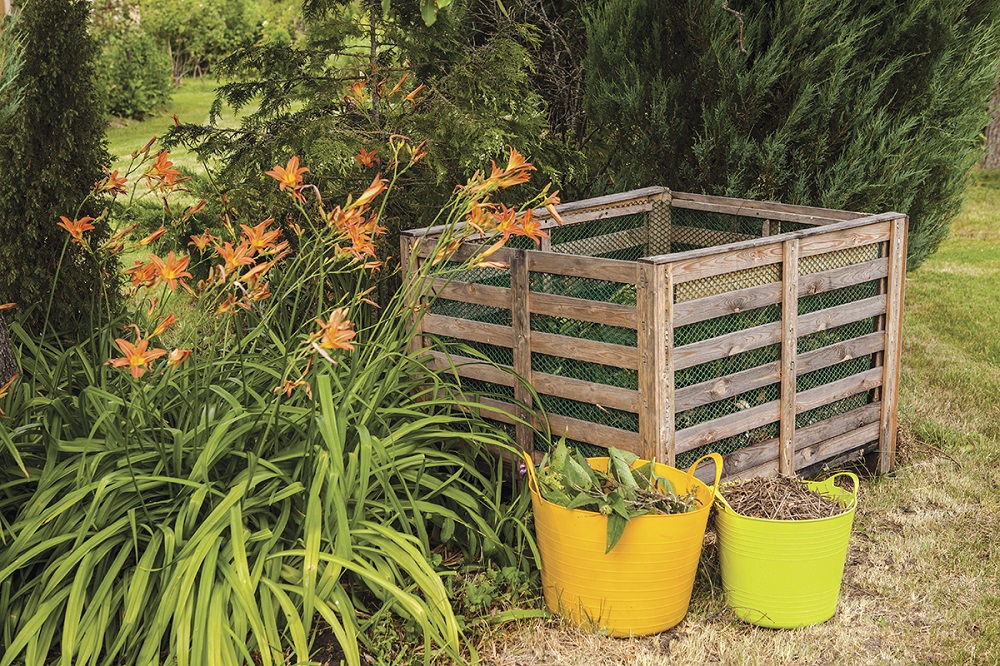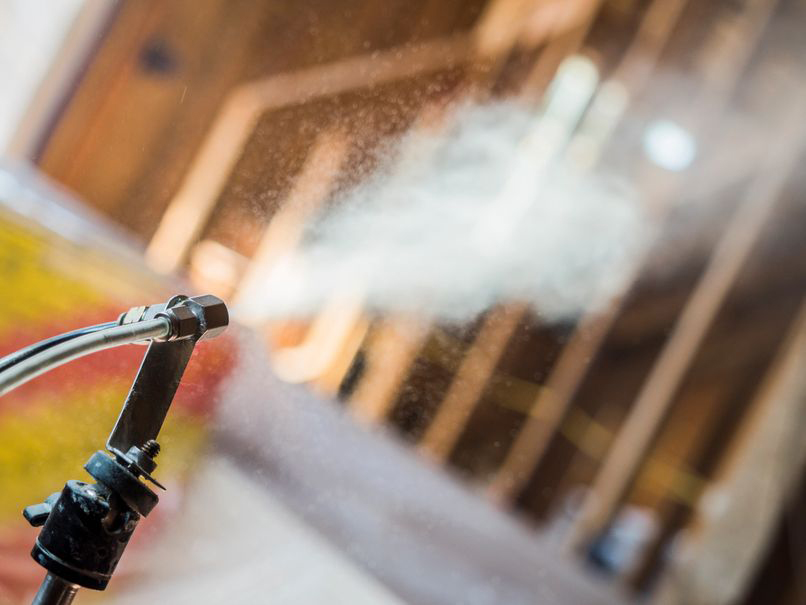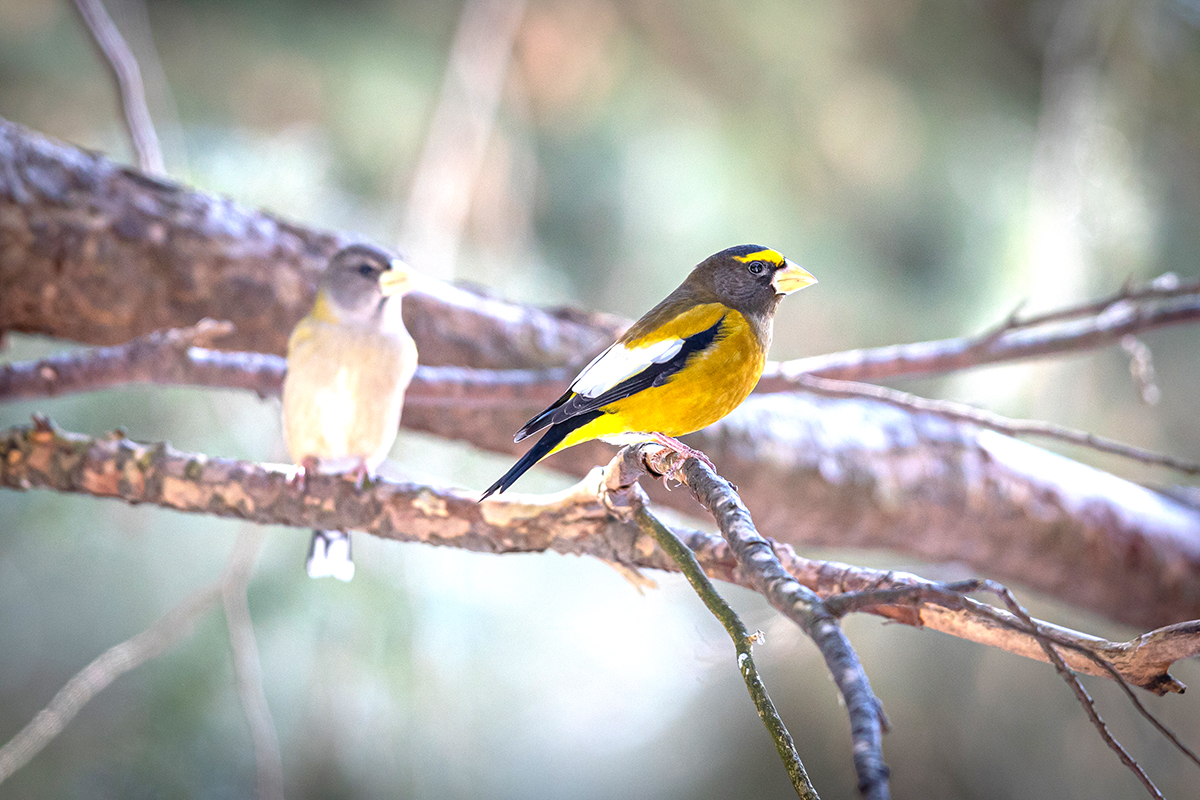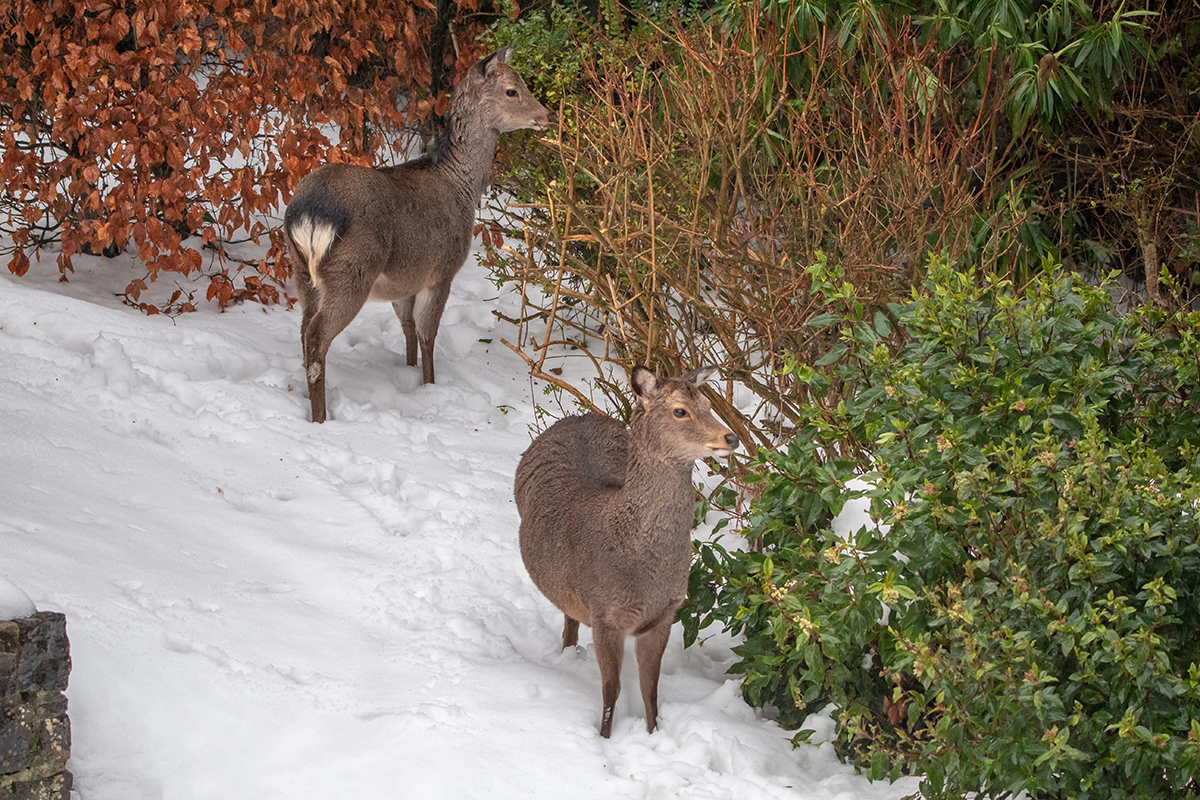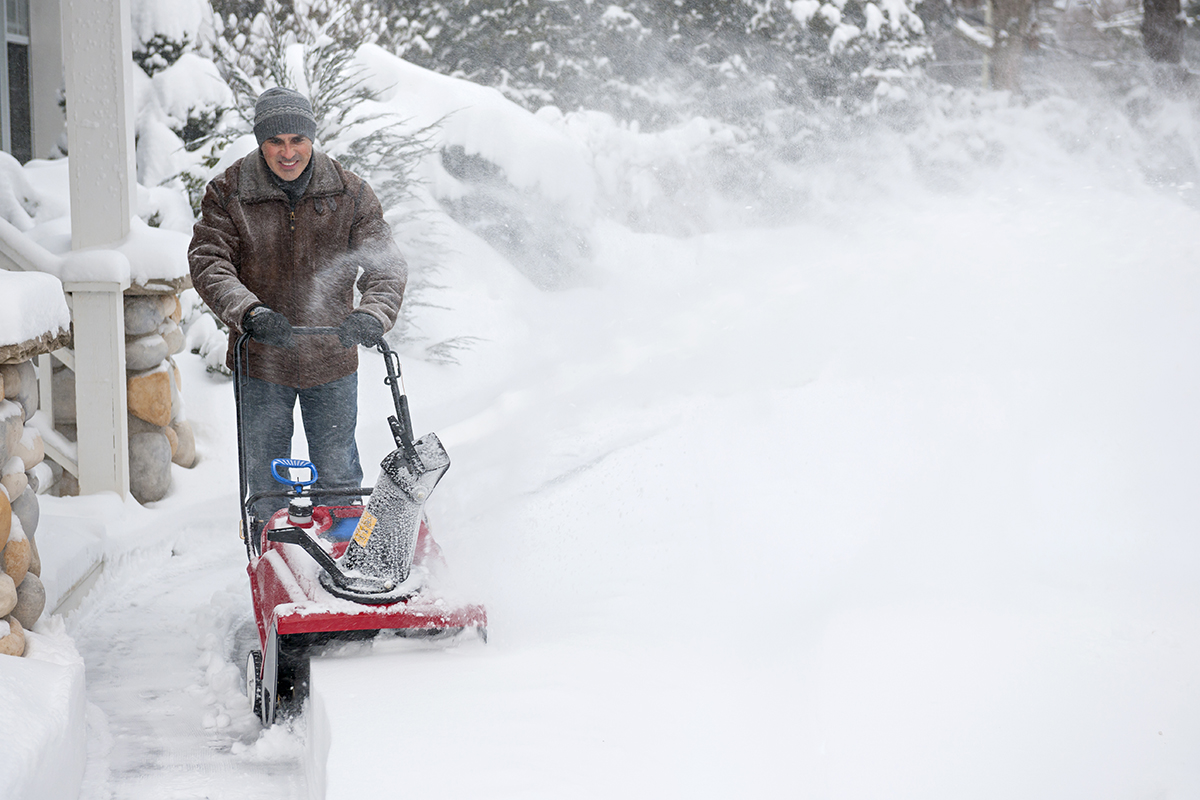WRITER | JULIE FORD
As the mower makes its final rounds of the season and leaves are starting to pile up, have you ever wondered how to put them to good use? Instead of burning, bagging, or racing to get them raked to the curb to be sucked up by a giant vacuum, why not compost them?
While composting kitchen waste can get a little complicated, composting leaves is not. Here’s what you’ll need:
- 6’x6’ three-sided area to create a holding bin out of chicken wire and 2x4s, or snow fencing
- Fallen leaves, fresh grass clippings, manure, coffee grounds, kitchen vegetable waste
- Pitchfork
- Time
The bin can be any manageable size, but you need to be able to easily reach all sides for turning the compost pile and provide room for good air circulation.
Why should you compost your leaves?
Leaves contain nutrients – small amounts of nitrogen, calcium, magnesium, phosphorus, and other trace elements. When mixed with something “green,” such as fresh grass clippings, untreated non-noxious green weeds, manure, or vegetable waste, the decomposition over time will improve soil structure and nutrient content. Think of it as another form of recycling.
There’s one exception to this process: Due to juglone toxicity, avoid composting leaves if you have black walnut trees. Every part of the tree contains this chemical compound. Hickory, butternut, and pecan trees also include juglone, but not to the level of black walnut trees. You may find research stating that composting black walnut leaves is safe as the juglone loses its toxicity over time and exposure to air, water, and bacteria, but why chance it? The list is lengthy of the trees, shrubs, vegetables, perennials, and annuals that cannot tolerate juglone.
The process of composting can be seen in one shovelful of a forest’s ground cover. That shovel of earthy-smelling dirt is also known as humus. It’s the dark, nitrogen-filled matter that forms in the soil when plant matter decays. It occurs through the teamwork of microorganisms, bacteria, fungi, along with earthworms, nematodes, protozoa, and arthropods. Close observation of a shovel full of forest floor will reveal earthworms, centipedes, tiny beetles, fungus, and millions of other creepy-crawlies visible only under a microscope. It’s natural recycling at its highest level.
To create a similar level of rich compost with leaves and pine needles, layer each like lasagna and then turn with a pitchfork. Begin with six inches of leaves as a base. Add a thin layer of soil from your yard to introduce bacteria and organisms to help with decomposing. Next, add a two-inch layer of fresh grass clippings or something else that’s considered “green,” like manure or coffee grounds, to heat the pile and help microorganisms develop quickly.
Compost is created over time when “brown meets green,” or when dried leaves and pine needles (brown) are mixed with green content. Chemically, the compost lasagna is layering carbon and nitrogen with a dash of dirt, a light mist of water, and plenty of oxygen to help speed up the process. Note the six inches of brown matter to two inches of green is a 3:1 ratio — the key ratio of brown to green in the leaf composting process. And the dampness of the pile should be the same as a wrung-out sponge.
Once the layers are in place, wait about two weeks to turn the pile to allow the center to get a foothold on decomposing. Continue to turn the pile until the first snowfall (or November) and then keep the snow from piling up on top to avoid excess moisture. Winter is not the time to turn the compost pile as the freezing temperatures can kill earthworms and other decomposition helpers. Not turning the pile during winter will insulate the decomposition. Another method to keep the pile from getting too cold is to dig a two-foot-deep area and start the composting layers in there. The ground and additional surrounding bales of straw will provide insulation but will diminish air circulation and require more turning in the warmer months.
If the compost pile is started in September and turned every two weeks through November, you should have a rich compost to use in the spring – it takes about three full months with proper layering and turning to create a beautiful compost. Once you get this process down and see the results, there are probably a few neighbors who would gladly donate their leaves if you run out!


